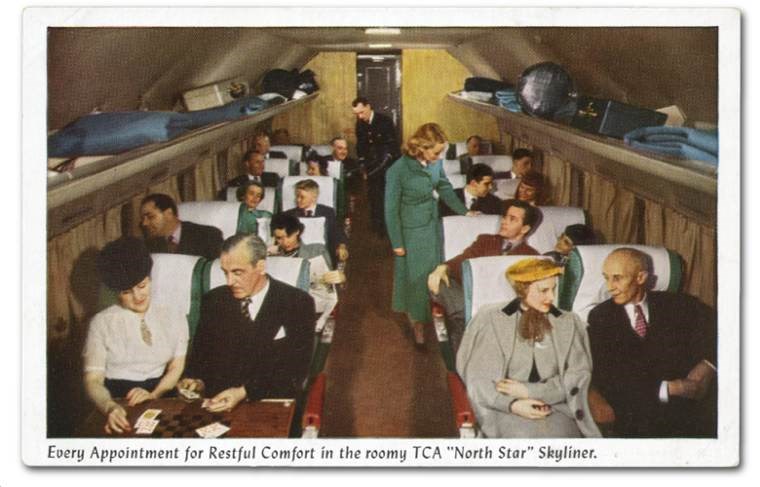that attempted to figure out how the tragedy happened, but none could determine responsibility while two organizations pointed the finger at each other.
In fact, the investigations were likely a major catalyst that contributed to an even more bitter relationship between the municipality and the military, researcher Rachel Lea Heide wrote in an essay.
Those poor relations began when the federal government established the airbase during the Second World War and residents became jealous of the better-paid airmen.
That bitterness grew post-war as the airbase continued flying over the city during training despite council demanding that the planes fly elsewhere. In fact, council sent the Royal Canadian Air Force (RCAF) two such letters: one on June 29, 1953, and a second on March 16, 1954 — less than a month before the April 8, 1954 tragedy.
The RCAF replied with “assurances that the practice of flying over the city would be avoided as much as possible,” Heide’s essay said. “These assurances struck many city aldermen as empty” during an emergency council meeting a day after the event.
At the meeting, many people held the RCAF responsible for the incident. Furthermore, Mayor Louis (Scoop) Lewry said the meeting would consider the training planes flying over the city and protest this continued occurrence.
“The mayor told reporters that the accident would not have happened if the city’s persistent requests had been obeyed. Moose Jaw residents had complained before — on numerous occasions — about the noise of trainers flying over the city, especially at night,” Heide wrote.
Alderman W.C. Davies “was astounded that the RCAF had not complied ‘with requests to not fly noisily and dangerously over the city centre,’” she continued. “He had seen stunting — not just by single aircraft, but by aircraft in formation — and he had received reports of a hospital 小蓝视频 buzzed.”
Statements from the RCAF and Department of Transport said that while the likelihood of recurrence was remote, it was still possible “since human and mechanical elements (are) involved.” Moreover, “no system of regulation affords any absolute guarantee that accidents will not occur.”
While citizens were coming to terms with the crash and waiting to hear what happened between the Harvard trainer and the North Star passenger plane, the Canadian Airline Pilots’ Association’s managing director published scathing remarks about the RCAF in national newspapers, further inflaming tensions.
“Although the association had written the RCAF on previous occasions, protesting the interception of civilian aircraft and protesting the establishment of air force stations along the civilian airways, the crash of 8 April seemed to prove that these protests had been ignored,” Heide wrote.
“Buzzing of passenger liners was reported all too frequently.”
Days afterward, the RCAF, Trans-Canada Airlines (TCA) and the Department of Transport began interviewing residents. The RCAF interviewed 27 witnesses and submitted its conclusions on April 15, 1954, while TCA spoke to 41 witnesses and provided its conclusions on May 3, 1954.
It was during this process “that the most acrimonious of civil-military relations were revealed, and these were between TCA and the RCAF,” Heide wrote.
The TCA president and board were unwilling to accept that their experienced pilots were responsible, while the president’s conversations with the national chief of the air staff convinced him that the RCAF aircraft “was entirely responsible, although nothing was said to confirm that impression.”
Meanwhile, the RCAF concluded that the two TCA pilots were to blame since they should have seen the Harvard at least 1.5 minutes before the collision based on airspeed.
All three investigations were unable to determine responsibility for the accident. Based on the character, accomplishments and reputation of the pilots involved, suicide and sabotage were ruled out.
Therefore, the only reasonable explanation was that the pilots either did not see the oncoming airplane due to visual obstructions or did not see the impending collision until it was too late to take successful evasive action.
The three inquiries recommended that military training flights be restricted from flying over Moose Jaw and that cross-country passenger plane flight paths be north of the Trans-Canada Highway.
Editor’s note: The information for this series came from the Moose Jaw Public Library archives, the Moose Jaw Museum and Art Gallery, and EphemeralTreasures.net.




